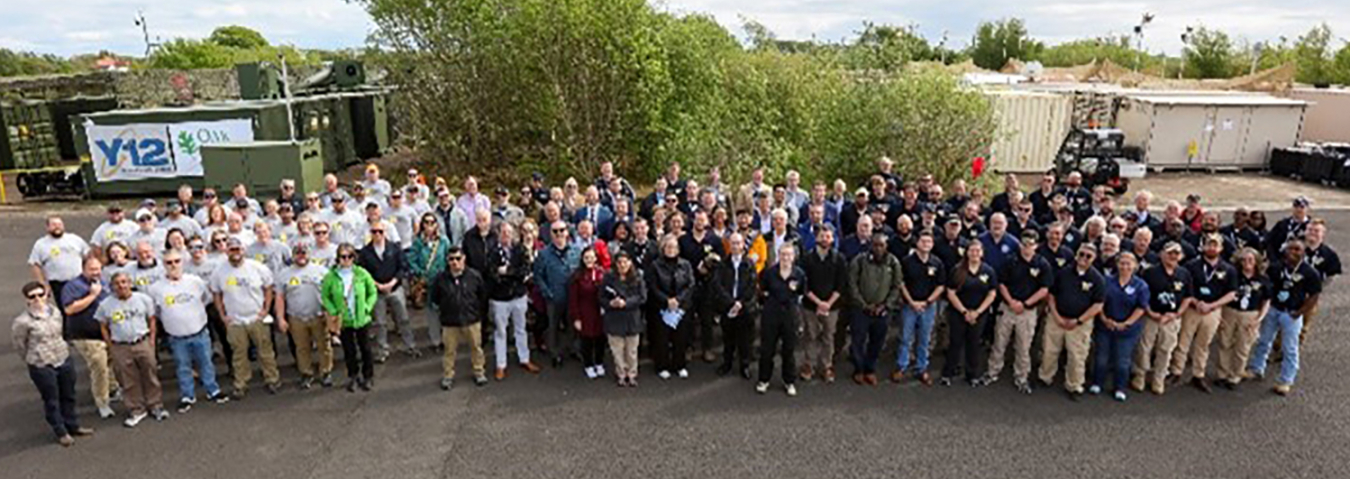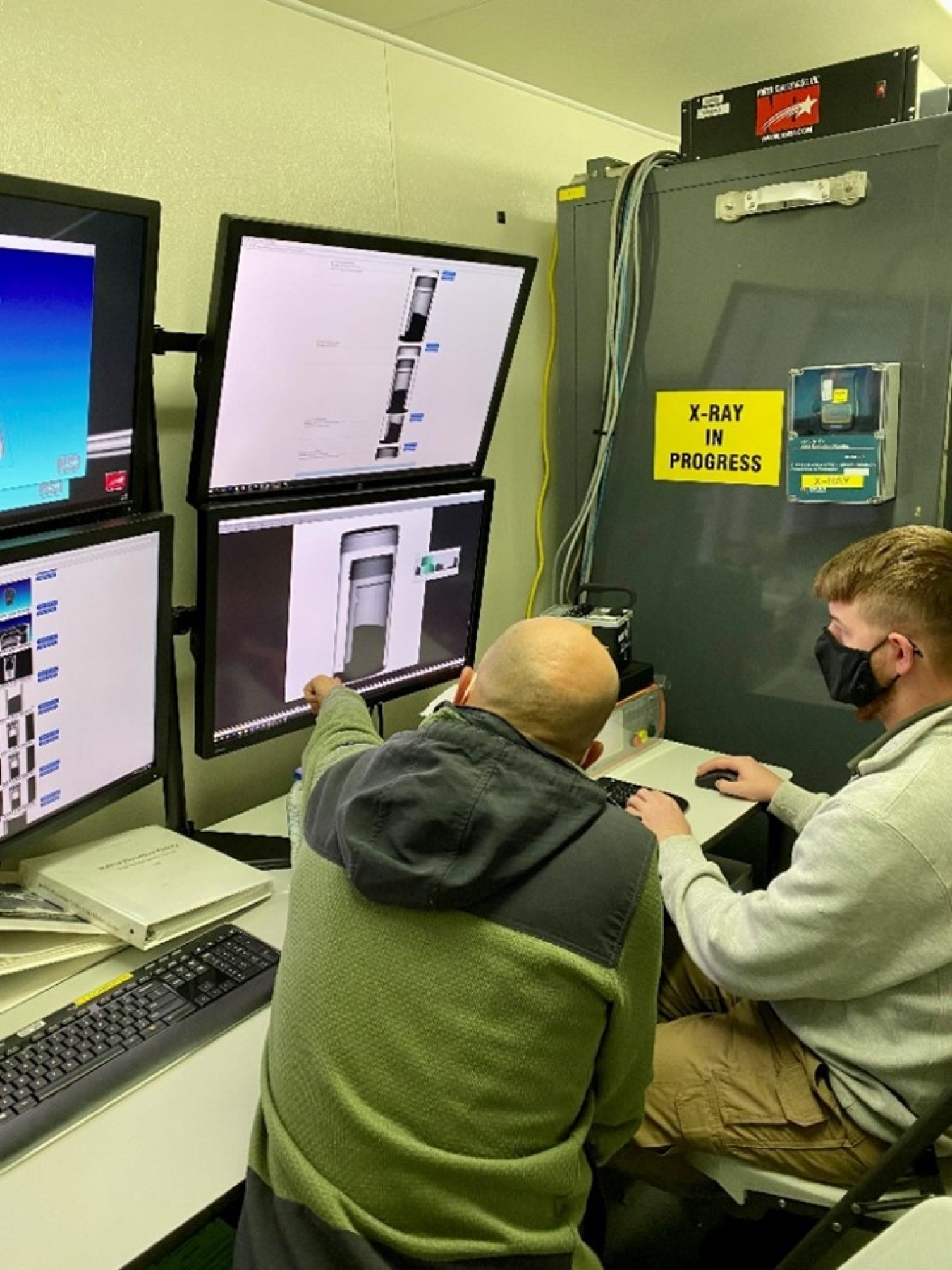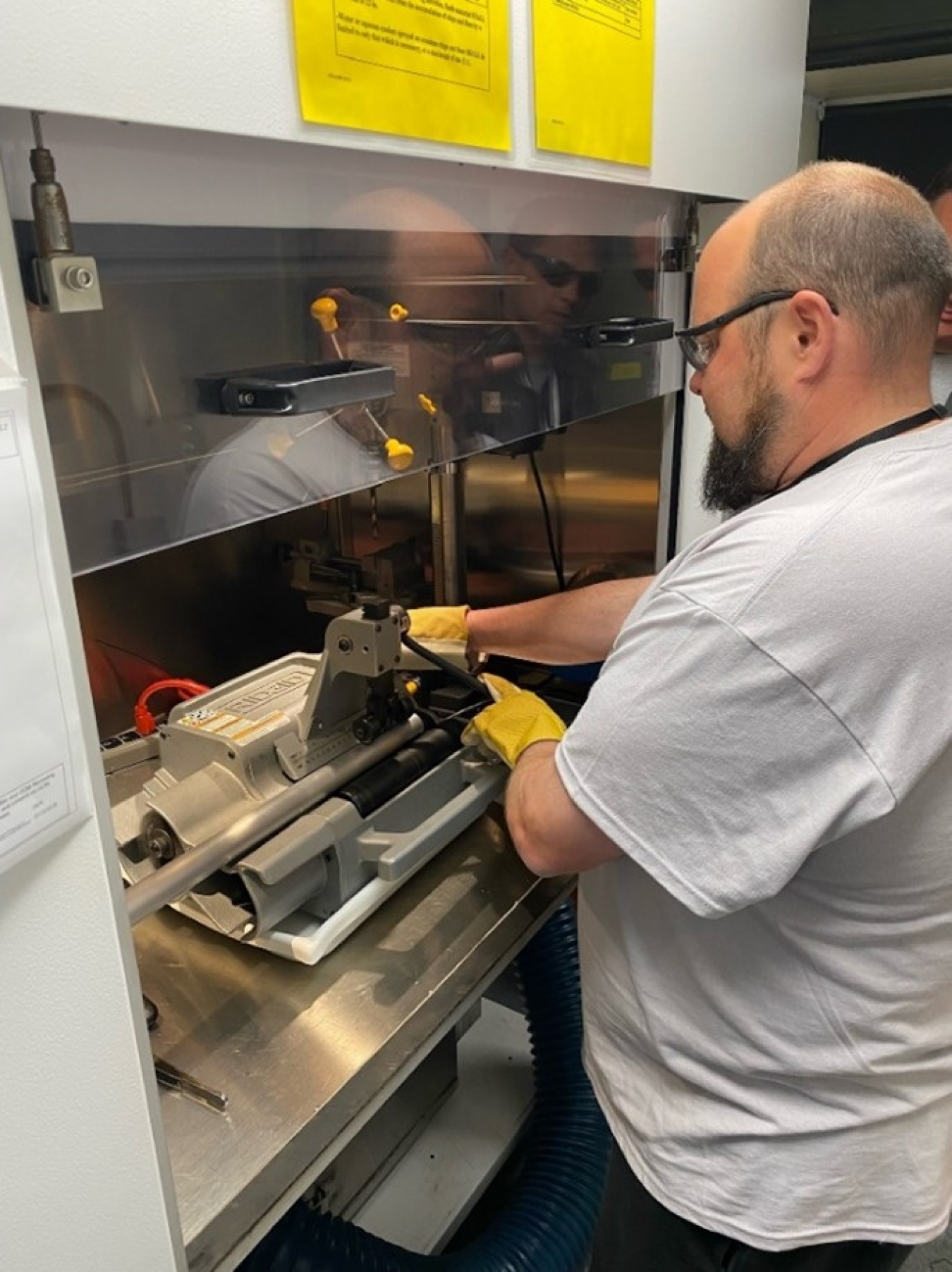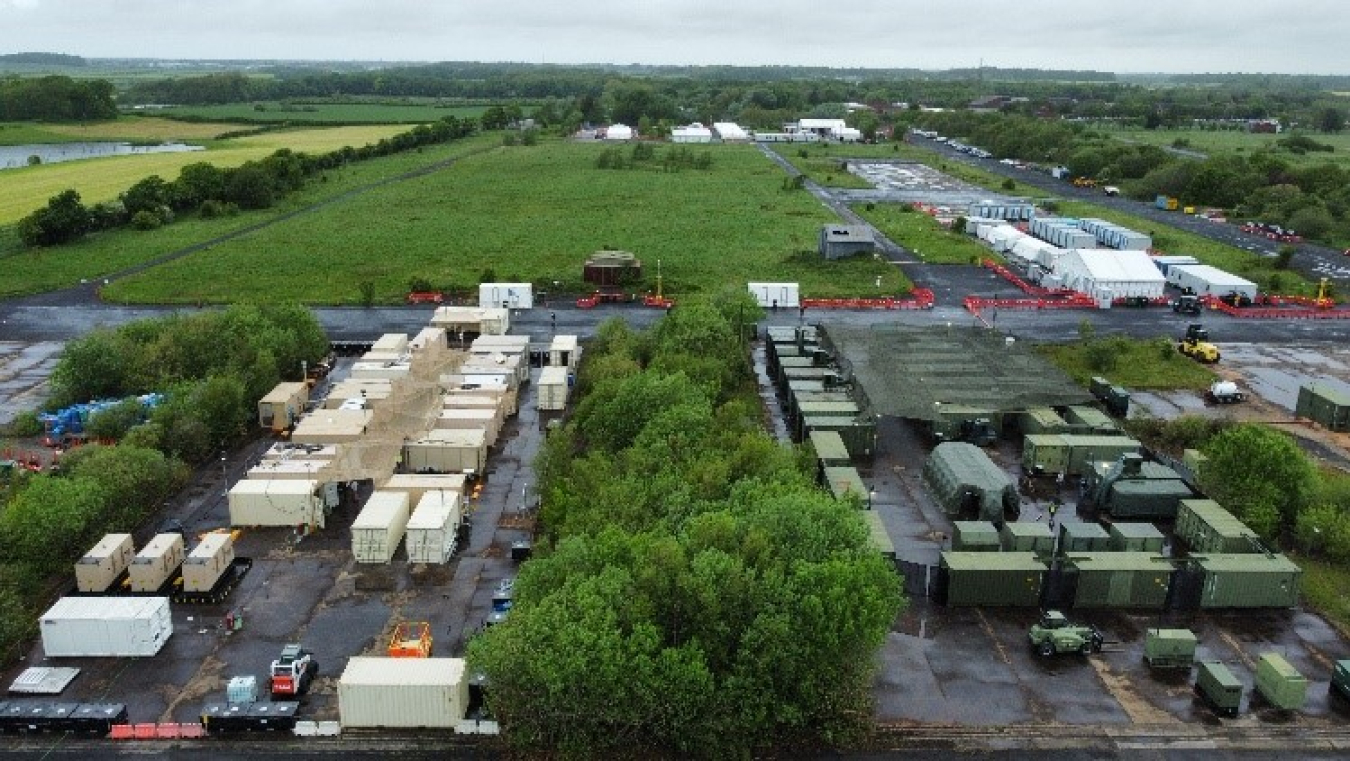NNSA partnered with the Defense Threat Reduction Agency (DTRA) and the United Kingdom’s Ministry of Defence (MOD) to exercise two rapid response capabilities critical to national security: the Mobile Uranium and Mobile Plutonium Facilities.
National Nuclear Security Administration
November 18, 2022
WASHINGTON – The Department of Energy’s National Nuclear Security Administration partnered with the Defense Threat Reduction Agency (DTRA) and the United Kingdom’s Ministry of Defence (MOD) to exercise two rapid response capabilities critical to national security: the Mobile Uranium and Mobile Plutonium Facilities.

This year, interagency partners practiced deploying NNSA’s Mobile Uranium Facility and Mobile Plutonium Facility in the United Kingdom in Exercise Dark Sleeper. These two critical assets enable the United States to quickly and safely characterize, stabilize, package, and remove nuclear materials in a variety of urgent circumstances.
“This was the first full-scale deployment of both facilities internationally. It was a huge success and an important milestone for our Mobile Packaging program and our partners,” said Corey Hinderstein, NNSA Deputy Administrator for Defense Nuclear Nonproliferation. “The more we are able to simulate realistic deployment conditions, the better able we will be to handle unknowns and challenges when we need to do it for real.”
The exercise tested a range of disciplines, including:
- Material packaging
- Glovebox operations
- Material accountancy
- Non-destructive analysis
- Nuclear material storage, and
- X-ray procedures.

Dark Sleeper also incorporated a base camp to support the multi-week operational period, simulating field conditions. Most of the participants volunteer to support the Mobile Packaging mission in addition to their regular full-time jobs across multiple DOE and NNSA labs, plants, and sites. And each lent their unique capabilities to build a unified, national capability.
Dark Sleeper, in addition to DTRA and the MOD, involved about 150 individuals from organizations including the U.S. Army’s 20th Chemical, Biological, Radiological, Nuclear, and Explosives Command; Idaho National Laboratory; Lawrence Livermore National Laboratory; Los Alamos National Laboratory; the Nevada National Security Site; Oak Ridge National Laboratory; Pacific Northwest National Laboratory; Sandia National Laboratories; Savannah River National Laboratory; the Savannah River Site; and Y-12 National Security Complex. The exercise also involved close coordination with NNSA’s Uranium and Plutonium Verification Teams, which have a complementary mission to perform onsite nuclear verification and monitoring activities at nuclear fuel cycle facilities.
As the fifth full-scale exercise completed by the Mobile Packaging program, Dark Sleeper evaluated the proficiency of the teams and sufficiency of the facilities in an international environment, including their ability to overcome challenges associated with shipping, customs, and other coordination with international partners. Previous exercises tested the facilities and teams under other extremes, including climate, and were held in Florida, Nevada, and Alaska.
With over 60 years of close collaboration under the Mutual Defense Agreement, the United Kingdom was a natural partner to host the deployment, offering a Ministry of Defence site to host the facilities.
Through regular deployments and exercises under real-world conditions, NNSA and its partners continue to adapt and improve their capabilities, so that NNSA is ready to respond on short notice to recover weapons-usable nuclear material anywhere in the world.
Read about the Mobile Packaging Program’s origin and about the importance of conducting regular exercises.
Learn more about NNSA’s Office of Defense Nuclear Nonproliferation.

The Mobile Packaging Program has evolved over time as a result of lessons learned from exercises and real-world missions to recover nuclear material. Here's a look at the events that shaped the program
The Mobile Packaging Program teams must be prepared to adapt to whatever they encounter wherever they go. So the program conducts regular training exercises.

